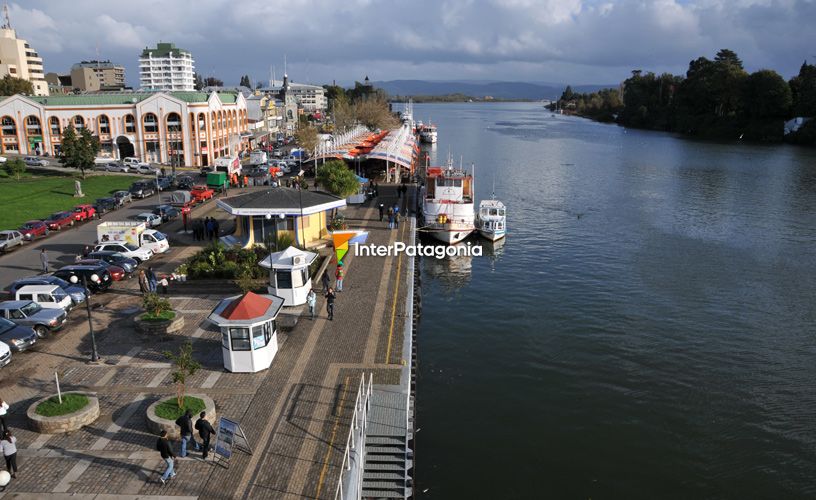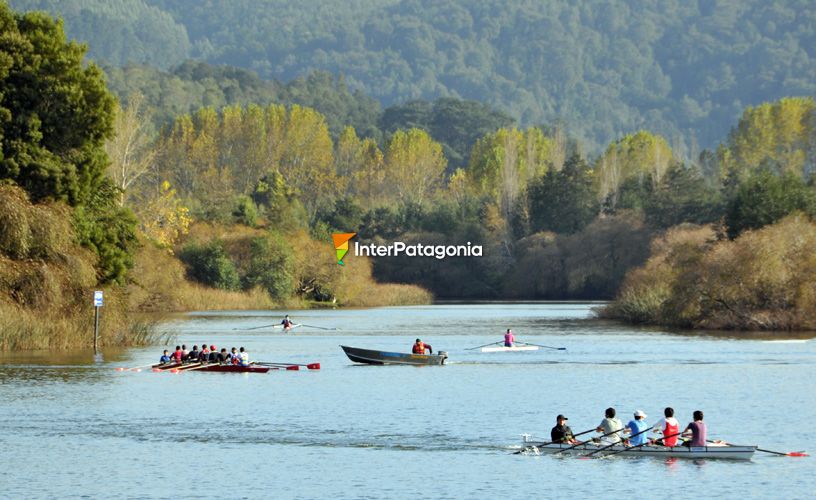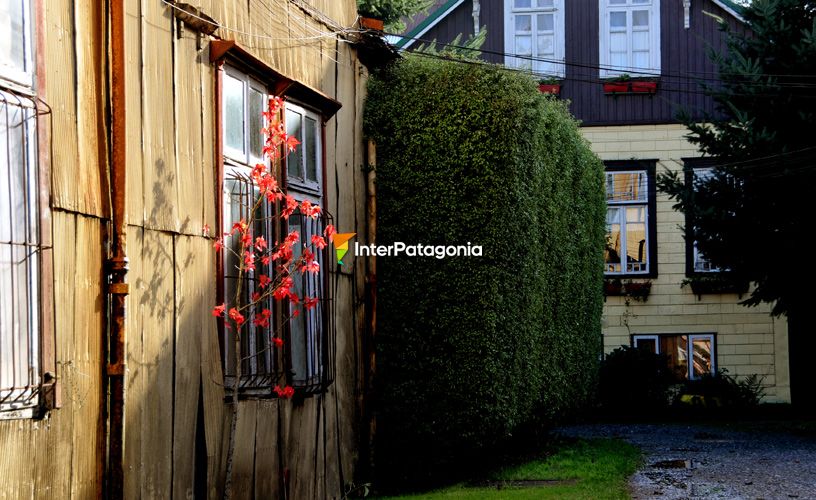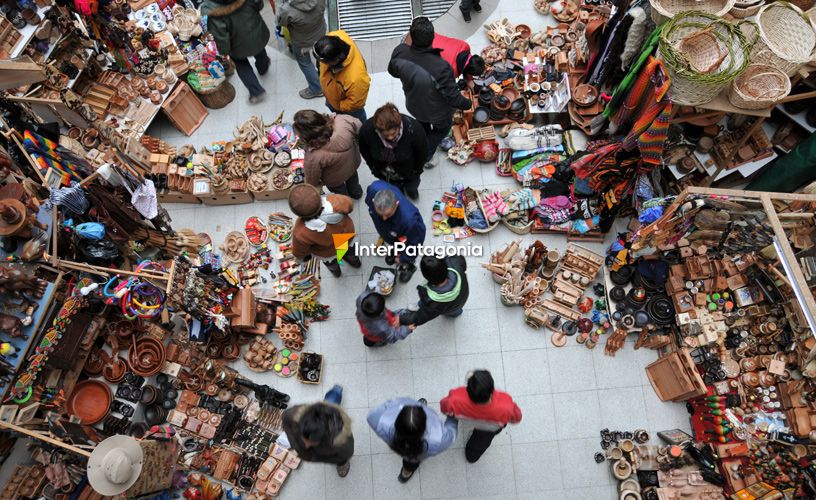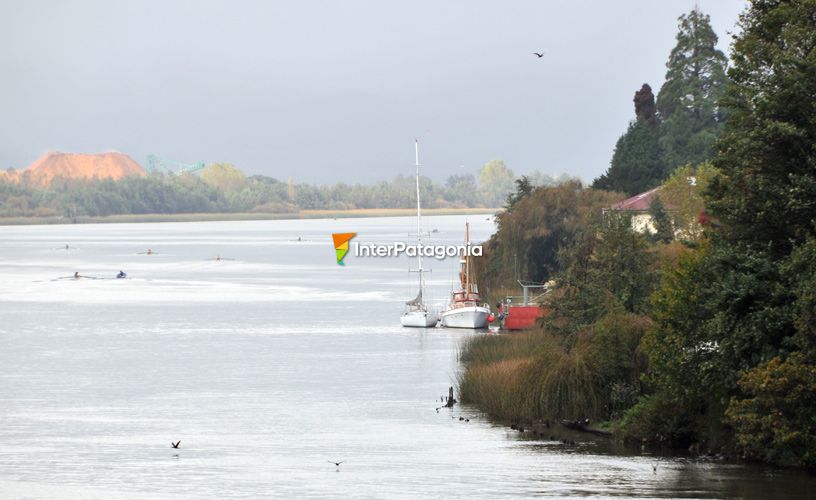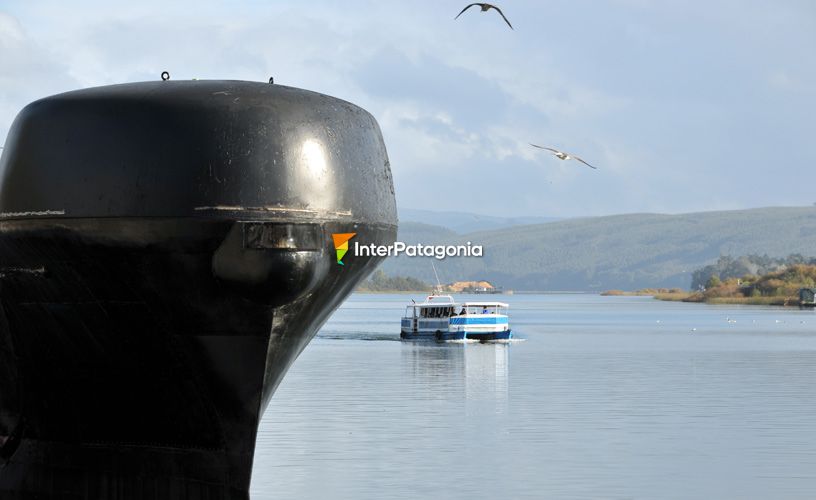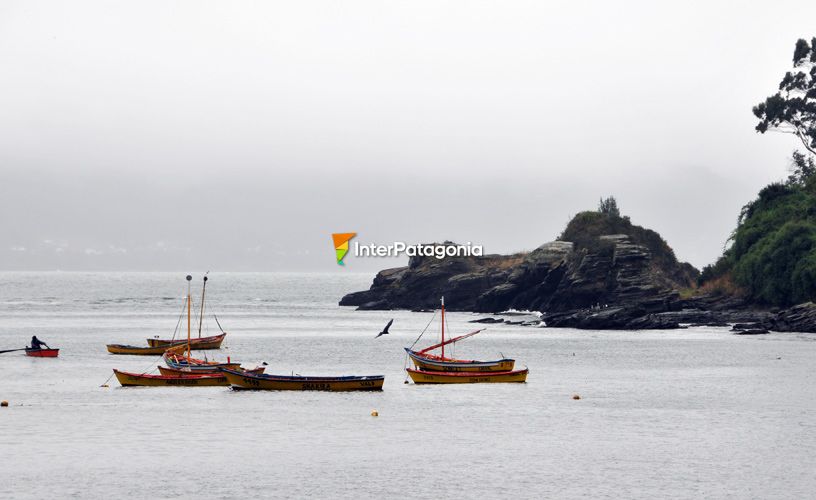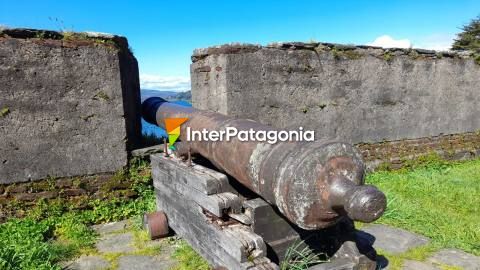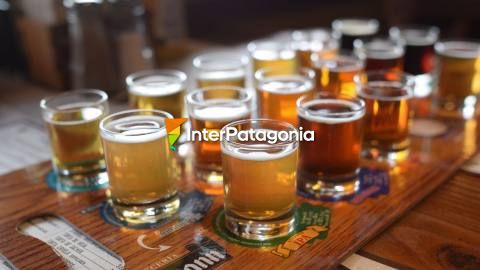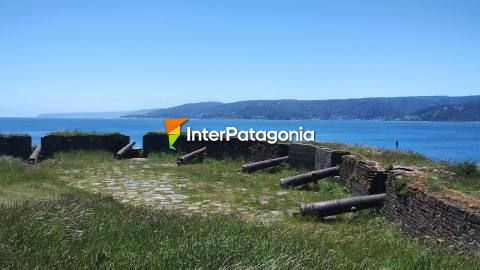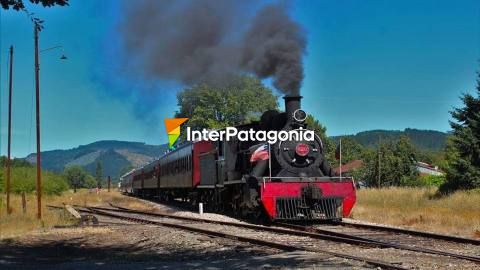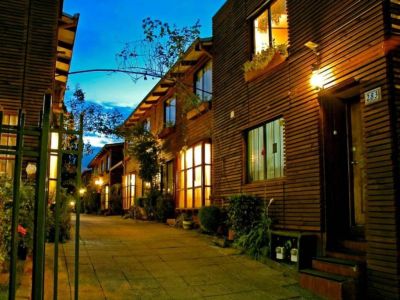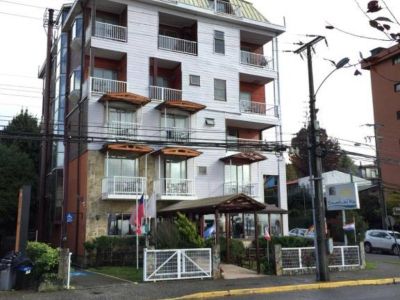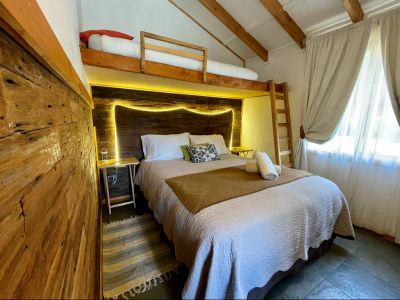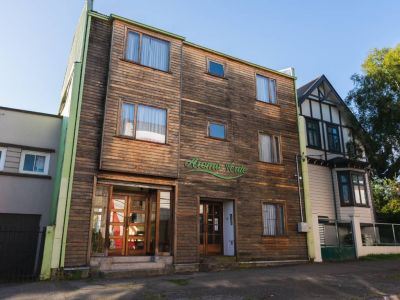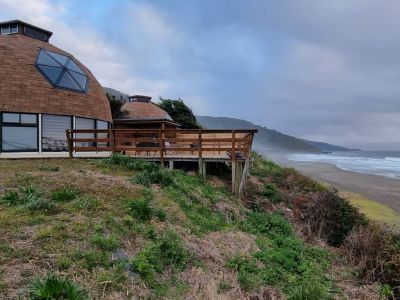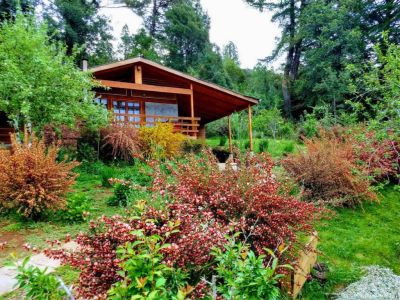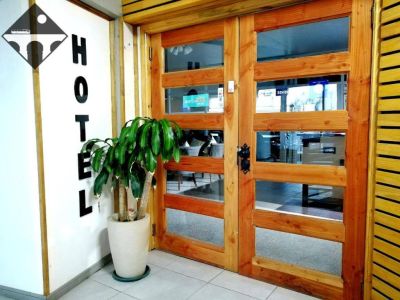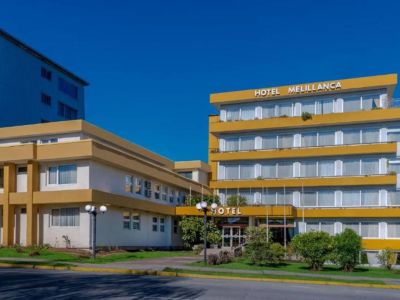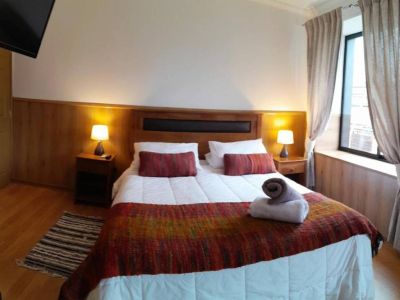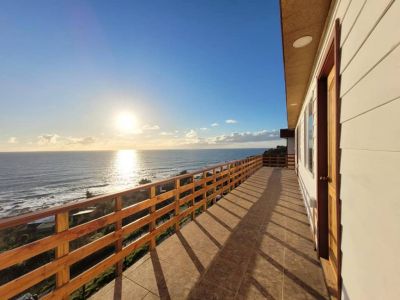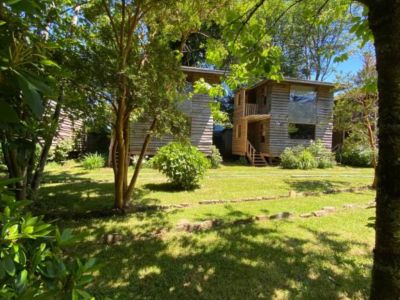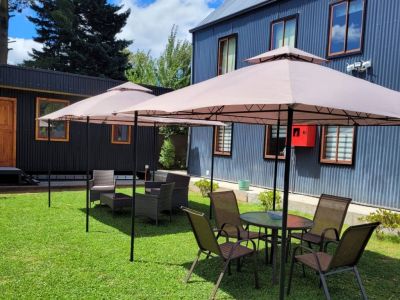As it was late in the evening, we resolved to have dinner at the hotel restaurant and let ourselves be captivated by the city the following morning. We calmed down a little and decided to enjoy the comforting rooms of the four-star hotel. A hot shower and the soft cushions of the king-size bed were enough to fall fast asleep.
Going Round the City
The following morning, the glimmering sun over the Calle Calle River predicted a beautiful day, which, in addition to the activities we had planned to perform, would give shape to an unforgettable experience. From the hotel reception desk, we made contact with the tourist agency in charge of showing us around the city and its outskirts. Sharply at the time arranged, the transfer vehicle picked us up. That is how we met Alex, the guide in charge of the excursion.
We set off along Arturo Pratt Avenue, also known as the Costanera (waterfront avenue). This is the first pedestrian tour in the city. It is next to the Calle Calle riverside. As we rode on, we saw Valdivia’s shipyard, and Alex began his explanation about the city.
“The name of the city is reminiscent of its founder: Don Pedro de Valdivia, who on February 9, 1522, after observing the advantages of the site, decided to try it. The navigability and beauty of the Calle Calle, Cau Cau, Cruces, and Valdivia Rivers, which border the city, grant it an attractive personality and turn it into a unique and authentic Chilean fluvial city” the guide explained.
Valdivian Routine
Soon afterwards, we were standing at the point reached by the Cau Cau River, which borders the Teja Island. We continued along Prat Avenue, and a few meters beyond, we got out of the vehicle. We visited the fluvial fair. No sooner had we started to go about it than the sellers rushed forward to us, offering their products. The intense smell of fresh fish was perceived all around. “There is salmon, hake, pejerreyes, sea bass, smoked seafood, and mussels” proclaimed the stallholders.
We tasted the murta, a kind of non-growable wild fruit, while on the other side of the shore, we could make out the Valdivian Historical Museum and the Contemporary Art Museum. From the fluvial market, we left towards the General Lagos Avenue, towards the most ancient neighborhood in the city. We stopped at the Torreón del Canelo, a kind of watchtower used by the Spanish in times of the colony to protect themselves from the Mapuches. It was built in the 17th century and restored by Ambrosio O´Higgins in the 18th century.
“It defended the city from the corsair aborigine who wanted to attack it. Today, it is a silent witness of a glorious past that demands an immortal fate for Valdivia”, reads the plate on its walls. The houses of Valdivia present an ancient architecture of German origin, as the city received a significant migratory wave after both world wars. When going along its streets, we noticed the urban cleanness.
We soon found ourselves in the mulattos’ area, where these kinds of buildings prevail. Due to its harbor, Valdivia experienced a very important peak until 1960, when a devastating earthquake and seaquake hit its shores, sweeping away many of the industries of the area. We returned to the city center. We passed by the San Francisco Church and the Cathedral. A new stop at the Ramón Picarte Avenue invited us to see the Plaza de la República. A giant arbor located right in the middle of the square was used both by adults and youths as a site for resting and calm.
A Garden among the Mountains
We continued with our trip along Bernardo de O´Higgins Street and crossed the Pedro de Valdivia Bridge towards the Teja Island. On the Island lie the Universidad Austral de Chile campus and the city's Botanical Garden. In this picturesque venue, we could appreciate a varied sample of native and exotic species. Alex taught us about the species that we discovered in every step.
We observed the panaceas, cedros mediterráneos, coihues, cypresses, laurels, tree ferns, poplars, acacias, and plants corresponding to the Magallánic forest, as well as the habitual Valdivian forest. Finally, we decided to get away from civilization. From the Botanical Garden, we took the coast road that would lead us to Niebla, where we would appreciate the magical line of the horizon when resting our senses, observing the splendor of the Pacific Ocean.
We rapidly started to cross the littoral along the road connecting Valdivia and Niebla. We crossed bridges and piers until the Cruces River joins the Calle Calle River, thus forming the Valdivia River.
Forts of History
Once in Niebla, we stopped at the homonymous fort, also popular as Fort Pura y Limpia Concepción de Monfort de Lemus, where we were invited to discover the traces of three centuries of history and the fundamental part of the Valdivia defense system against the corsairs and pirates' ambitions during the 17th century. We went around the inside and watched archaeological objects, flags from those days, and a replica of a Spanish soldier.
We paid special attention to its cannons and walls. The former are original, melted in Spain during the first half of the 17th century, and brought to their present location through the Strait of Magellan. For the latter, the material used was the cancagua stone, joined with lime and pebble, a building technique that enabled the fort to reach its present height.
The Infinity of the Horizon
Finally, and ending our tour, Alex took us around to see the beach resorts bathed by the Pacific Ocean. Thus, we passed by the Los Molinos, San Ignacio, Calfuco, and Curiñanco beaches. We were delighted to watch the breaking of the brave ocean, which gave us the splendorous white foam in every wave.
After going along the local shores, we started our way back to the city of Valdivia, but we first stopped at the Kunstmann Brewery, where, in addition to tasting the delicious handcrafted beverage, we learnt some of the secrets that have made it internationally famous.
